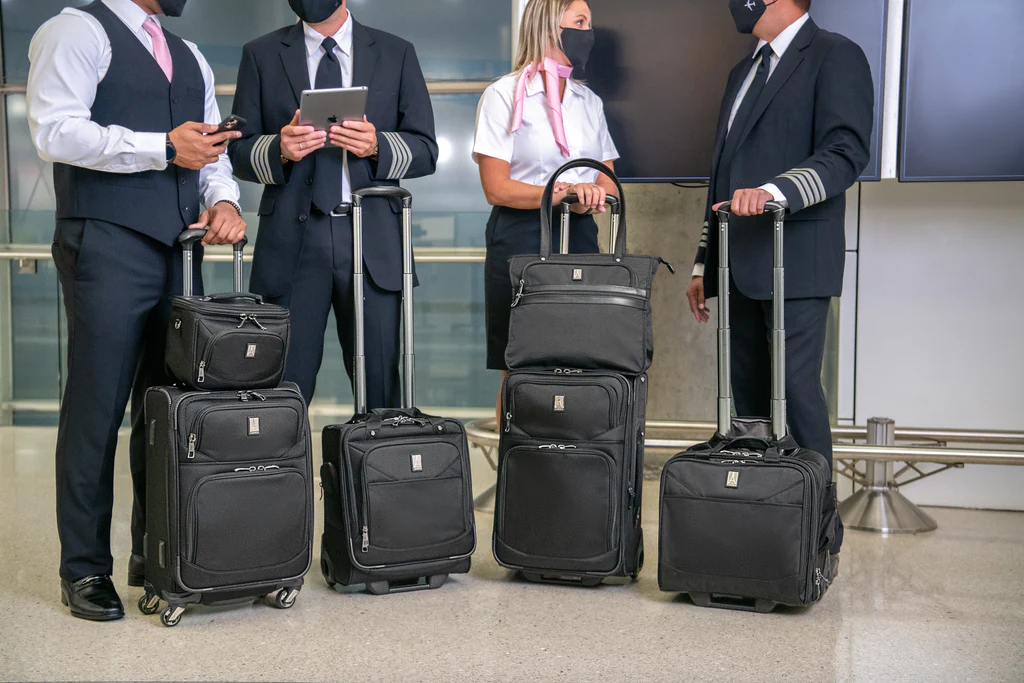Have you ever noticed the term “Flight Crew Traveller Type” when booking a flight or looking through airline documentation and wondered what it means? While it’s not a phrase most casual travelers encounter often, it’s essential for those working within the aviation industry or frequently flying on airline business.
In this article, we’ll break down exactly what a flight crew traveller type is, why it matters, and how it affects air travel processes. Whether you’re an aviation professional, frequent flyer, or simply curious, you’ll come away with a clearer understanding of this important classification.
What Is Flight Crew Traveller Type?
The term flight crew traveller type refers to a passenger classification used by airlines and aviation authorities to identify members of an airline’s crew who are traveling either for work-related duties or as a part of their job benefits. These individuals are typically pilots, flight attendants, or other operational personnel.
This classification is not just a label. It influences how these individuals are treated in terms of security clearance, boarding procedures, ticket pricing, baggage allowances, and visa requirements.
Types of Flight Crew Travel
1. Operating Crew
This includes crew members actively working on a flight. Pilots, co-pilots, and flight attendants who are responsible for the flight’s operation fall under this category. They are registered with the flight’s manifest as working personnel.
2. Deadheading Crew
“Deadheading” refers to airline crew members traveling as passengers to another location in order to operate a flight from that point. Though not working on the current flight, they are still considered part of the operational crew and often receive special privileges.
3. Non-Revenue or ID90 Travel
Flight crew members often enjoy non-revenue travel as a perk of employment. Also known as ID90 (Industry Discount 90%), this allows crew to fly on standby at heavily discounted or free rates. While they are technically off-duty, they may still be categorized under the “flight crew traveller type” for logistical and security reasons.
Why the Classification Matters
Understanding the flight crew traveller type is important for several operational reasons:
Security and Immigration
Airports and border authorities often process flight crew through separate lanes or expedited checks. They may also be subject to different visa rules or exemptions due to their working status.
Flight Manifest Accuracy
Airlines need to distinguish between regular passengers and working or standby crew. This ensures that the flight manifest is accurate and complies with aviation regulations.
Ticketing and Fare Classes
Crew members typically don’t fly on traditional passenger fares. Their bookings are flagged under different fare classes, such as ZED (Zonal Employee Discount) fares or ID fares, which fall under the flight crew classification.
How Airlines Manage Crew Travel Bookings
Most major airlines have dedicated portals or systems where crew travel is managed. Here’s how it typically works:
- Internal Crew Travel Portal: Crew members book personal travel via an internal airline system, selecting options like ID90 or ID95 based on agreements with other carriers.
- Priority and Standby Status: These bookings are often standby, meaning they only get on the flight if there are empty seats after all revenue passengers have boarded.
- Special Codes: Airlines use IATA SSR (Special Service Request) codes like “CREW” or “DHCR” to indicate crew-related travel.
Differences Between Crew and Passenger Travel
While flight crew and passengers often share the same aircraft, the experience and handling of each can be significantly different:
| Feature | Regular Passenger | Flight Crew Traveller Type |
|---|---|---|
| Ticket Price | Full fare or discount | Free or heavily discounted (ID90) |
| Boarding Priority | Based on fare/status | Based on duty status or hierarchy |
| Security Clearance | Standard TSA/immigration | Often expedited crew lane |
| Baggage Allowance | Defined by ticket class | May be more lenient |
| Seat Confirmation | Guaranteed | Standby unless deadheading |
International Regulations and Agreements
Many countries have special agreements or bilateral arrangements in place that allow airline crew to enter without a visa if they’re on duty. This is part of international aviation norms governed by ICAO (International Civil Aviation Organization).
For example:
- U.S. CBP (Customs and Border Protection) has procedures for crew entry and often requires documentation like a C1/D visa for non-citizen crew.
- Schengen countries often allow crew on official duty to bypass standard visa requirements.
How This Affects Frequent Flyers and Aviation Enthusiasts
Understanding the flight crew traveller type can be insightful for:
- Aviation bloggers and content creators who want to explain airline operations
- Frequent flyers wondering why some passengers board first despite not being in premium class
- Job seekers in aviation, offering a glimpse into employee travel perks and systems
Knowing this information also helps reduce confusion when spotting the term on booking engines or while reading aviation news.
Related Terms and Synonyms
To fully understand the concept, it helps to know other related terminology:
- ID90/ID95: Industry Discount travel for employees
- ZED Fare: Zonal Employee Discount
- Deadhead: Crew traveling to a duty location
- Non-rev/Non-revenue: Traveling without paying a full fare
- Crew Manifest: List of working crew members on a flight
Conclusion
So, what is flight crew traveller type exactly? It’s a classification used by airlines to identify crew members who are either working on a flight or traveling under special terms due to their employment. This status influences boarding, ticketing, immigration, and even baggage.
Whether you’re considering a career in aviation or just curious about airline procedures, understanding this classification provides a unique window into how the industry functions behind the scenes.

